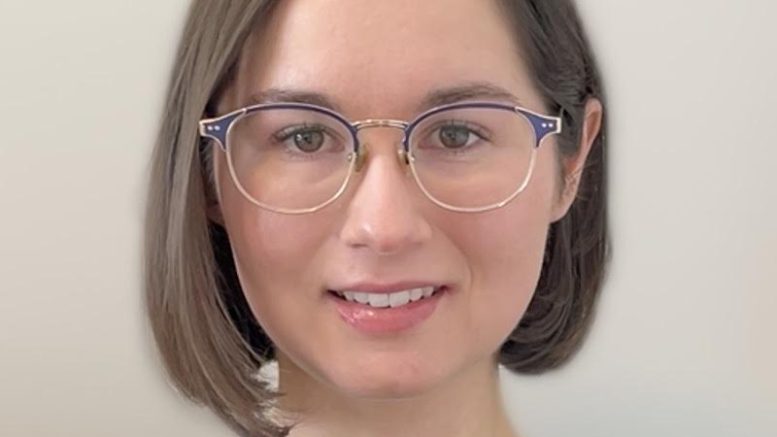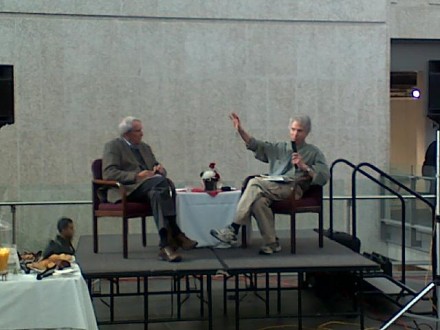U of M doctoral student in the department of physics and astronomy Rachel Nickel is exploring the use of nanoscale particles in the application of magnets.
Nickel started off working in biomedical applications after completing her undergraduate studies. During this phase, she focused on using magnetic nanoparticles to combat biofilms — matrices of microorganisms that form on surfaces.
Over time, Nickel shifted her focus to a more in-depth study of a specific magnetic nanoparticle called epsilon iron oxide.
“I always knew I liked magnets,” she said.
“I really fell in love with how interesting this material is and the potential for it.”
Unlike common rust, epsilon iron oxide exhibits a “frustrated structure,” where the arrangement of atoms takes on a more twisted and less orderly pattern.
This structural complexity gives rise to intriguing properties, making epsilon iron oxide an exciting candidate for various applications.
One of the standout features of epsilon iron oxide is that it is magnetically hard, meaning that when it is magnetized, the magnetic domains within the material strongly resist changes to their alignment.
“Say you have all the little compass needles in the iron pointing the same direction, they want to stay the same direction,” Nickel explained. “It’s really hard to twist them around and flip them.”
This characteristic is particularly advantageous for developing permanent magnets, which are crucial components in many devices such as motors, loudspeakers or hard drives.
The significance of epsilon iron oxide becomes evident when considering the current reliance on rare earth-based permanent magnets, such as neodymium magnets — the strongest commercially available permanent magnets.
Nickel explained that these magnets are typically mined and often come from conflict regions. Canada, on the other hand, has abundant iron resources, she noted.
“It provides a really interesting and exciting alternative to what we currently use for permanent magnets,” Nickel said.
In August, Nickel and her team published a paper in Nano Letters on epsilon iron oxide.
The material, which has only been studied for the past two decades, exclusively occurs at the nanoscale. Instead of bulk quantities, epsilon iron oxide is found in the form of nanoparticles.
“You can fit about a thousand of them in the width of a single hair,” Nickel said.
The size of these nanoparticles impacts their behaviour and properties. Nickel’s research focused on investigating how the properties of epsilon iron oxide change as a function of size using three different particle sizes.
“Size dependence is something that we need to understand in order to use this material in the future,” she said.
To conduct her research, Nickel collected her measurements using a range of advanced research facilities and equipment at the U of M, including the Manitoba Institute for Materials, which offered a transition electron microscope for viewing tiny particles.
Her final set of measurements were collected at the Advanced Photon Source facility in collaboration with the Canadian Light Source facility using a synchrotron, a machine that accelerates charged particles such as electrons to generate high-intensity X-rays.
Ultimately, these tools enabled Nickel to gain insights into the structure of epsilon iron oxide.
“All those measurements put together paint a full picture of how things change as a function of size,” she said.
Looking ahead, the most promising direction for Nickel’s research lies in harnessing epsilon iron oxide for technological and magnetic applications. Epsilon iron oxide’s appeal lies not only in its potential for permanent magnet uses but also in its electronic behaviors including its resonant frequency, which could have a significant impact on advanced wireless communication systems.
While this journey may be in its foundational stages, Nickel believes that epsilon iron oxide’s distinct properties make it an exciting candidate to meet the growing demand for magnets and magnetic materials in various fields.
“It’s something that we can really look into,” she said.





